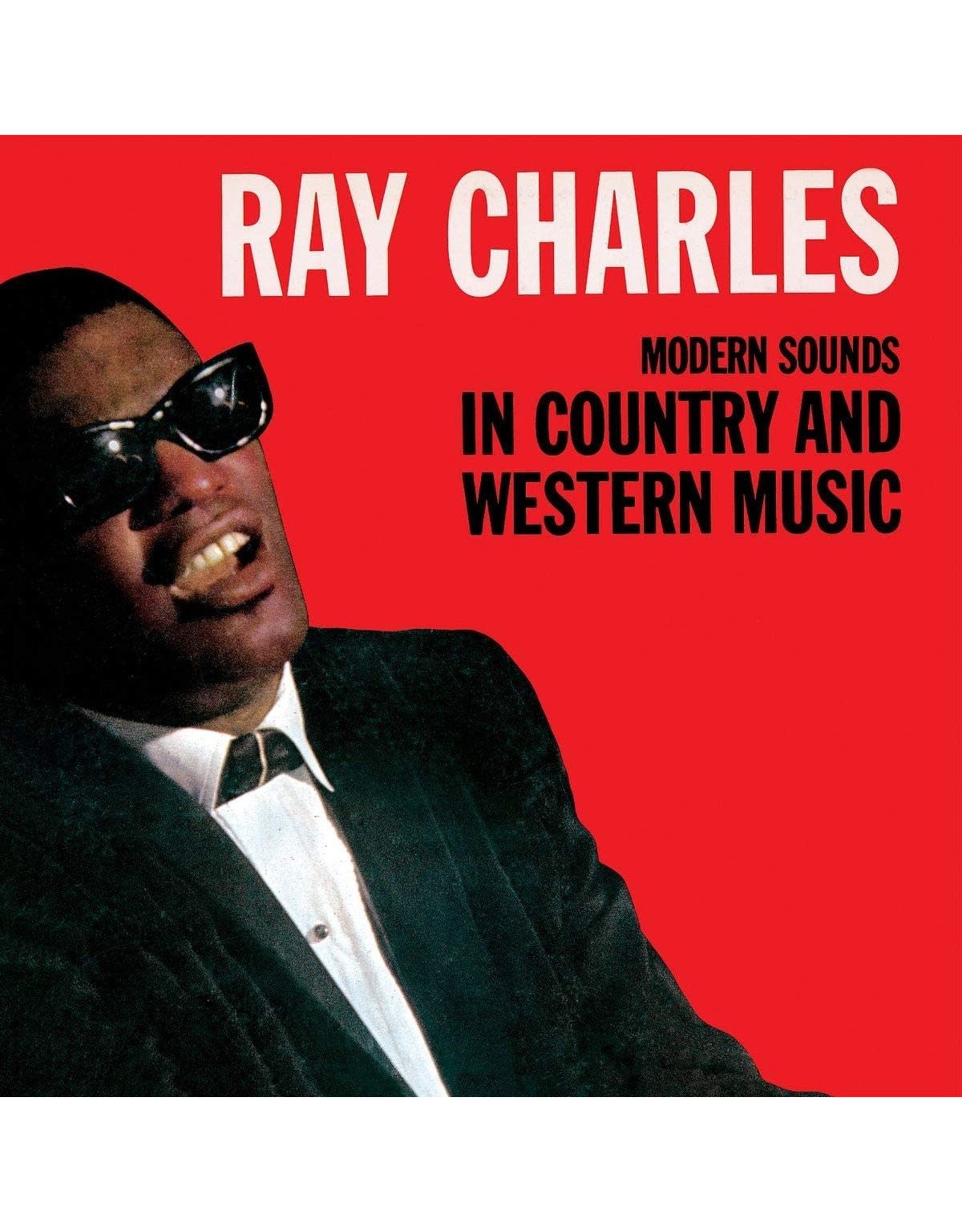Ray Charles - Modern Sounds In Country Music
| UPC: | 888072080201 |
| Availability: | OUT OF STOCK |
| Delivery time: | SIGN UP FOR RESTOCK NOTICE |
| In-Store Pick Up: | Check availability |
When Ray Charles made Modern Sounds in Country and Western Music in 1962, he was operating from a position of power. Charles had freedom to do whatever he wanted, and he chose to record interpretations of 12 country songs, drawing almost equally from recent hits and older standards.
Heavyweight vinyl pressed by Concord Music Group in 2019.
From Pitchfork:
Building off a string of hits with Atlantic Records and an ABC-Paramount contract with a “full artistic freedom” clause, Ray Charles was finally able to record the music he’d been listening to since he was a self-described country boy growing up in Greenville, FL., a town near the Georgia border.
Back then, he would tune into the Grand Ole Opry every Saturday night. That period provided direct inspiration for the first Modern Sounds and its hastily assembled sequel, recorded in the wake of its predecessor’s explosive success. Charles put his golden touch on two dozen of the biggest country songs of the day. “I think a lot of the hillbilly music is wonderful,” he told Billboard, starting his campaign to record such tunes in 1959. “I think I could do a good job with the right hillbilly song today. If you really have the ability, that’s what counts.”
Despite several subsequent counterexamples, from Charley Pride to Darius Rucker, the idea that a black singer could attain mainstream success singing country music still challenges one of the deepest-held genre orthodoxies. Even though the albums contain some of Charles’ most enduring singles, they are still more accepted as Ray Charles songs than disclaimer-free country. When Modern Sounds was first released, the charts refused to track this music as country; the Grammys nominated these very clearly named albums in rhythm & blues categories.
Still, these arrangements played off the perceived tension of Charles’ foray into Nashville territory. Half the songs were recorded in Los Angeles, with Charles backed by lush strings and a straight-laced choir to build a poppier take on the pervasive Nashville Sound. In New York, a swinging big band more familiar to those who were already Charles fans supported the other half. The end result is seamless, showing just how wide a gap Charles’ voice could bridge. String-backed ballad “I Can’t Stop Loving You” is a larger-than-life song that toes the line of pure schlock with lyrical hyperbole and musical gloss. But a gentle, insistent country shuffle and Charles’ endless capacity for relatable sorrow (perhaps country music’s most enduring hallmark) ground it.
his music remains a tribute to and rejoinder of the futile divisions we so often take for granted. Charles made headlines promoting the album with integrated shows throughout the South, refusing to perform in segregated venues. “Both whites and Negroes alike have attended the same dance and actually danced together at Charles concerts,” wrote the Chicago Daily Defender in November 1962 of Charles’ shows in Memphis and St. Louis. “There is no race problem when he plays.” It’s proof of Charles’ enduring yet still-aspirational achievement on these albums: unity. - Natalie Weiner




